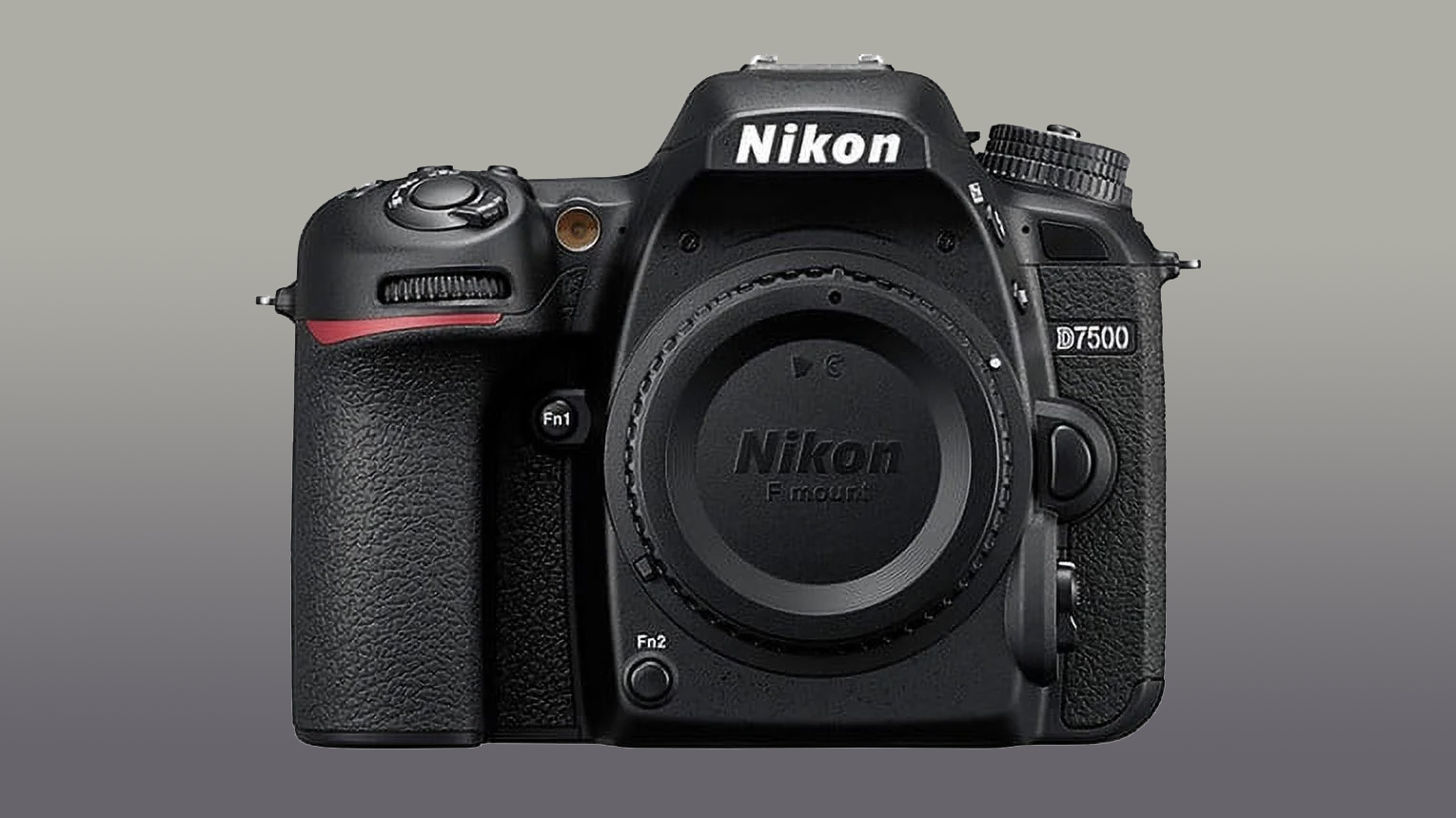I used a DSLR and an ultra-telephoto lens to convey a vital truth – that the fate of wildlife is inextricably linked to the health of our environment
Nikon shooter Prasenjit Dutta's image shows a cattle egret feeding on a rubbish dump – using the art of nature photography to highlight environmental issues

Indian photographer Prasenjit Dutta focuses on wildlife and conservation photography to raise awareness about critical issues. To bring this topic closer to viewers around the globe, he exclusively uses Nikon equipment.
He shot this image at 1/3200 sec, f/5.6, ISO 1600, using the Nikon D7500 DSLR camera paired with the ultra-telephoto lens, the Nikon AF-S 200-500mm f/5.6E ED VR optic.
Prasenjit explained, "I'm drawn to conservation photography because it combines the art of nature photography with a problem-solving approach. By capturing the beauty of the natural world, I aim to highlight pressing environmental issues and inspire action to protect our planet."
Let's dive into the story behind this image and discuss Prasenjit's gear choices.
The story
"In this image, I wanted to convey a vital truth: the fate of wildlife is inextricably linked to the health of our environment. As we go about our lives, it's essential to remember that we share this planet with incredible creatures. I hope my photography encourages viewers to consider their impact and to take conscious steps to preserve the delicate balance of nature.
"My focus was on the area’s history as a dumping ground, which left it in a state of neglect with unsanitary conditions and a pungent smell. However, when a cattle egret drew near, having caught frogs in the vicinity, my priorities shifted. The bird’s presence eclipsed the unpleasant surroundings and I became fully absorbed in photographing the moment.
"Human food waste is an anthropogenic process. When sewage is deposited in a dumping area, it is used by various animals, especially birds. Uncontrolled waste also increases the risk of becoming toxic as a result of decomposition. It becomes a cause of death in wildlife. So the waste management process should be done properly with consideration for the animals.
Get the Digital Camera World Newsletter
The best camera deals, reviews, product advice, and unmissable photography news, direct to your inbox!
"Moreover, we have to be aware of the use of plastic, because plastic pollution has an adverse effect on both wildlife and humans. Polythene bags, cosmetic plastics, household plastics and commercial plastic products are mostly not recycled. They take the form of waste from the environment."
Gear info

Prasenjit shot this image using a Nikon D7500. This camera model slots in above the now discontinued D7200, and below the D500. It is a professional-level DSLR designed to offer a balance between high-end performance, versatile features, and an affordable price. As such, it fills a significant gap in the Nikon DX (APS-C format) digital SLR range.
As mentioned earlier, the subject was captured with an ultra-telephoto lens, to be specific, the Nikon AF-S 200-500mm f/5.6E ED VR. This lens is designed for capturing fast moving subjects like wildlife or sports, and its zoom range allows you to get close without disturbing the natural behavior of the subject and enables you to maintain a safe distance.
While both photographic genres are typically shot outdoors, it's worth mentioning that this optic is not weather-sealed, so it may not be suitable for photographers who require reliable equipment for shooting in rainy or misty conditions.

You might like...
If you are interested in the story behind photographs and why shots work, check out more articles in this series:

Kim is the Staff Writer on Digital Camera World, and formerly Technique Editor at Digital Photographer, focusing on the art and science of photography. With a Master’s degree in Photography and Media, she is driven to educate through an analytical approach, visually and technically. With her guides and tutorials, Kim seeks to uncover new facets of this time-honoured medium and foster a deeper understanding of its profound role in culture. Kim highlights topics that resonate with modern society, including women in photography and critical issues such as environmental conservation. She also discusses and reviews camera gear, giving you an overview to find the best fit for your photography journey.
You must confirm your public display name before commenting
Please logout and then login again, you will then be prompted to enter your display name.
